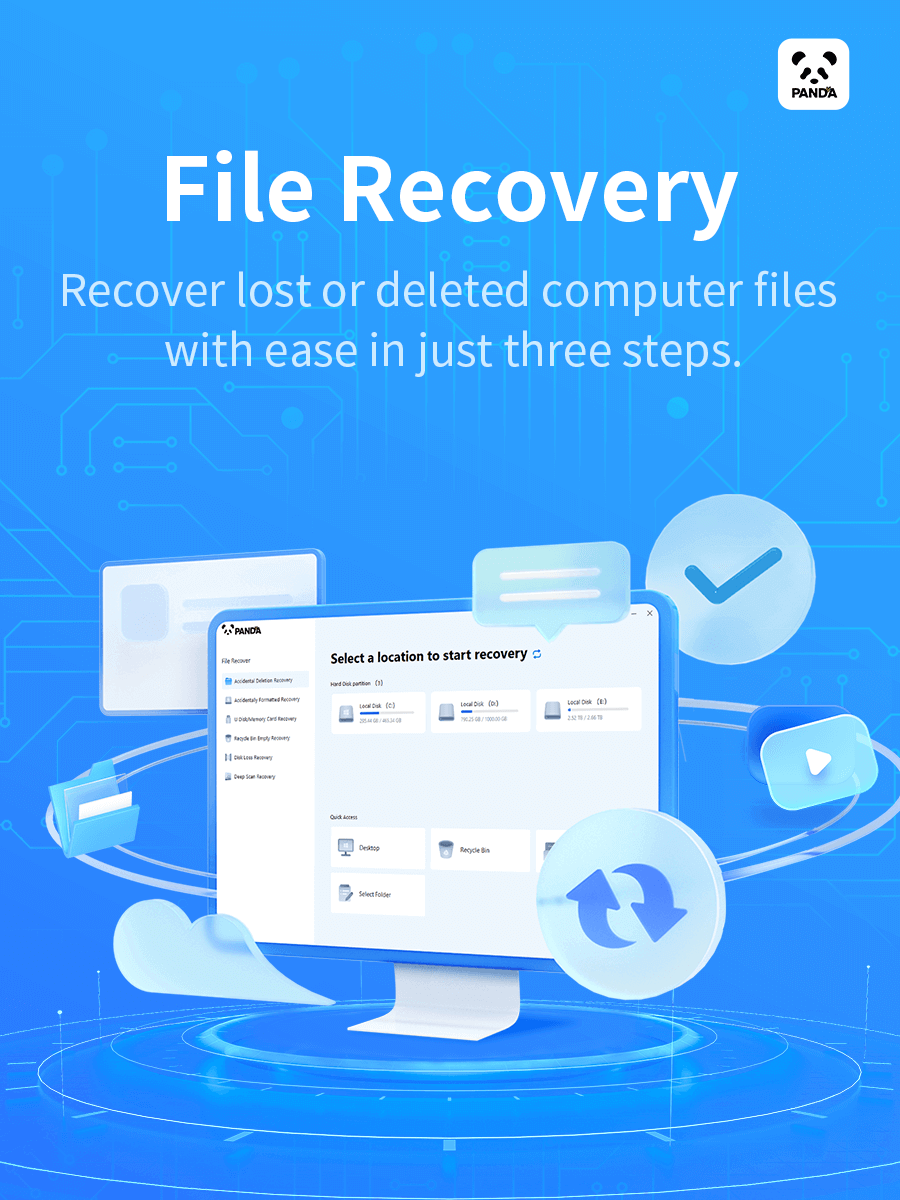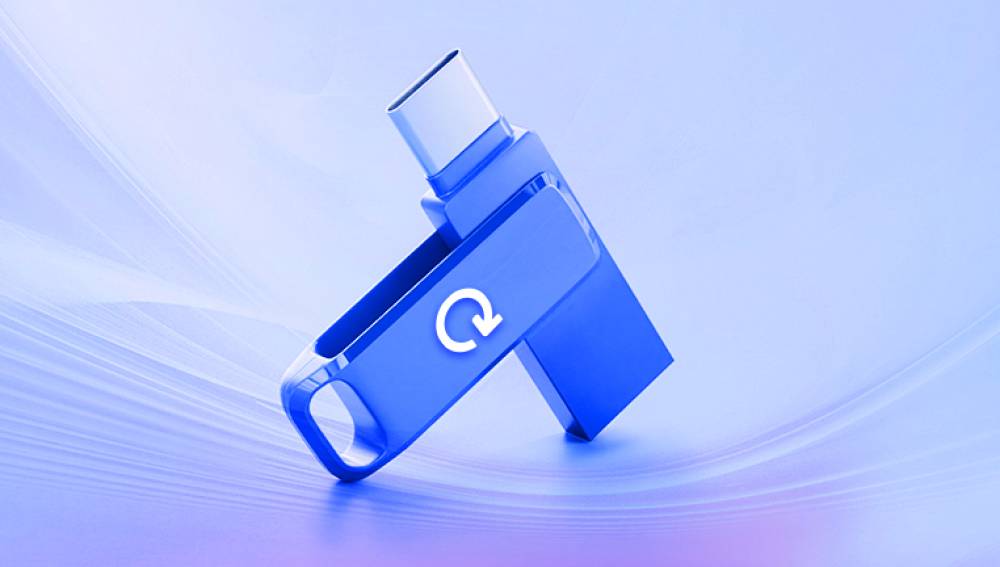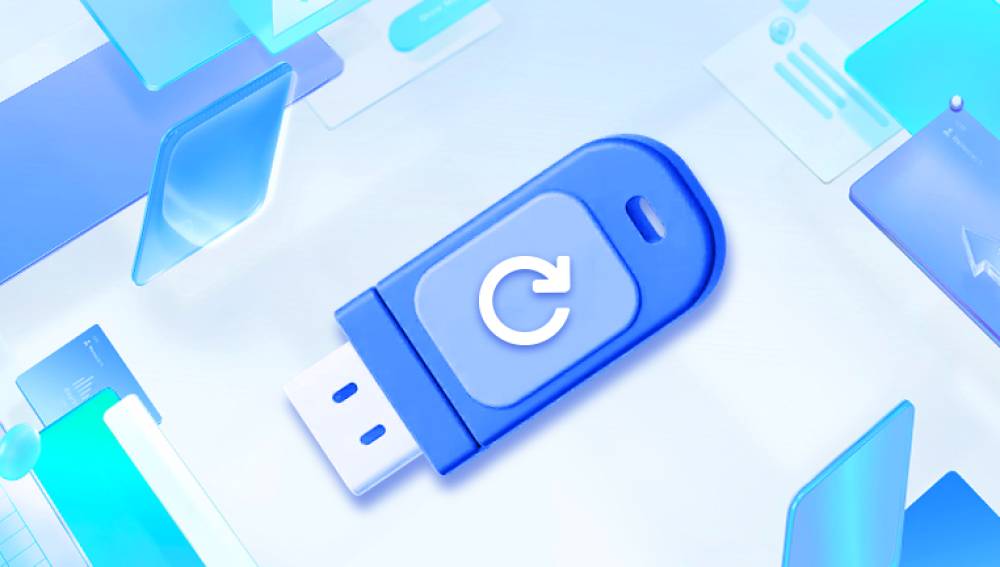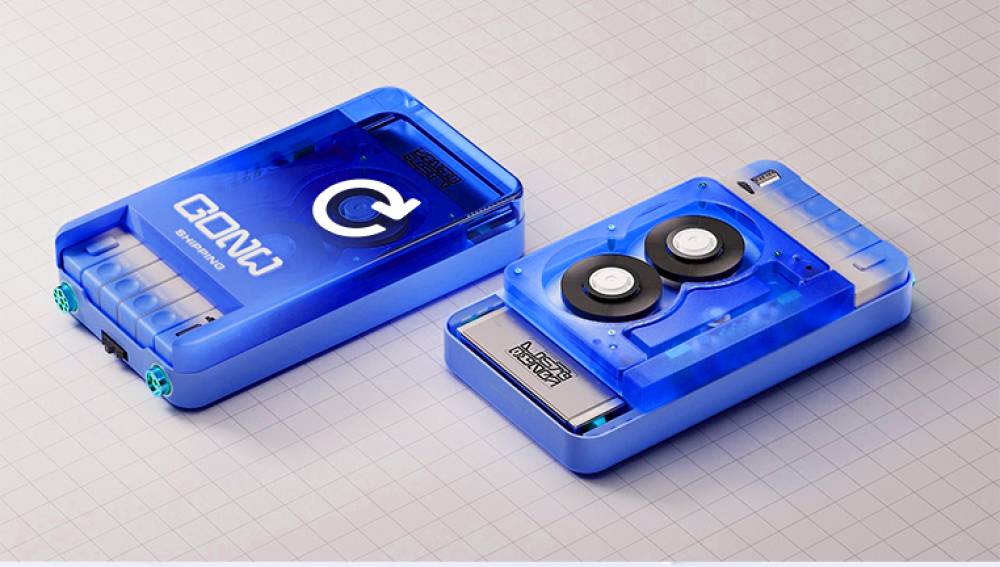1. USB drive
A flash drive (also known as a USB drive, thumb drive, or pen drive) is a popular portable storage device, widely used for transferring and storing data. Flash drives are convenient and compact but can be vulnerable to data loss due to physical damage or software corruption. Whether you accidentally dropped your flash drive or are encountering read/write errors, recovering data from a damaged flash drive is often possible with the right approach and tools.
2. Flash Drive Damage
Flash drives, like all storage devices, can be damaged in various ways. The two primary types of damage are:
Logical Damage: This refers to issues that affect the structure or file system on the drive. Examples include corrupted files, partition loss, or accidental deletion.
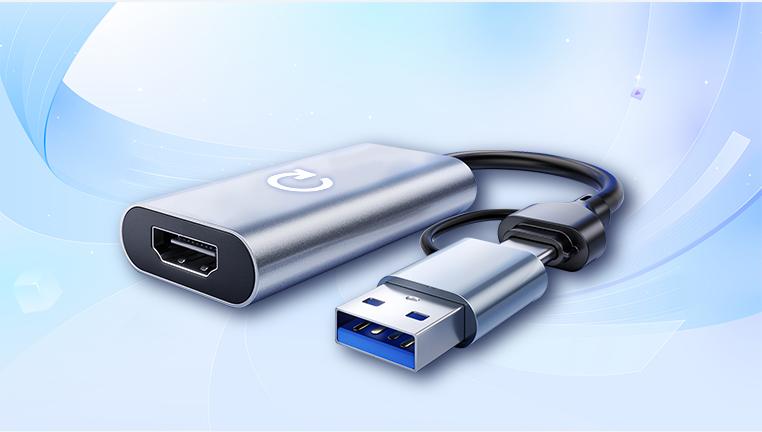
Physical Damage: Physical damage refers to hardware issues such as a broken or cracked USB connector, damaged internal circuitry, or water exposure.
The first step in the recovery process is determining the nature of the damage. If you're unsure whether the issue is logical or physical, here are some signs to watch out for:
Logical Damage Indicators
The drive is not recognized by the computer.
Files on the drive are corrupted, missing, or not opening correctly.
The file system appears as “RAW” or unreadable.
The drive shows up as empty despite data being stored on it.
Physical Damage Indicators
The drive doesn’t show up on the computer at all.
The flash drive has visible cracks, bent USB connectors, or signs of burn marks.
You hear unusual sounds when plugging in the drive, such as clicking or grinding (though less common for flash drives, this can occur if the internal chips are damaged).
3. Troubleshooting Logical Damage
Step 1: Try a Different USB Port or Computer
Sometimes, the issue might not be with the flash drive itself but with the USB port or computer. If the drive isn’t recognized:
Try different USB ports on your computer.
Test the flash drive on another computer to rule out problems with your computer’s hardware or drivers.
If it works on another computer, it may be a driver or OS issue on your main device.
Step 2: Use Disk Management or Disk Utility (For Windows or Mac)
Sometimes, the flash drive might be physically fine, but the file system is corrupted. Both Windows and macOS offer built-in tools to help diagnose and repair storage devices.
For Windows
Open Disk Management (right-click on the Start menu and select Disk Management).
Look for your flash drive in the list. If it appears but is unallocated or has no drive letter, try assigning a new letter or formatting it (Note: formatting will erase all data, so only use this if you have no other options).
For Mac
Open Disk Utility (Applications > Utilities > Disk Utility).
If the drive appears, select it and click on the “First Aid” option to check and repair the disk.
Step 3: Use Data Recovery Software
If your drive appears to be in good physical condition but is suffering from logical corruption, you can try using data recovery software. Several software options can scan the drive for lost or deleted files:
Drecov Data Recovery
One of the most effective tools for recovering data from a damaged or corrupted flash drive is Drecov Data Recovery. This tool can help recover files even when the drive is not fully accessible.
Steps to use Drecov Data Recovery:
Download and install Drecov Data Recovery on your computer.
Launch the program and select the damaged flash drive.
Let the software scan the drive for recoverable files.
Preview the files, select what you want to recover, and save them to a different location.
4. Recovering Data from Physically Damaged Flash Drives
If your flash drive has physical damage, the process becomes more complicated. Here’s what you can try:
Step 1: Inspect for External Physical Damage
Examine the flash drive carefully for any visible signs of physical damage, such as:
Broken or bent USB connector.
Cracked casing or exposed components.
Burn marks or signs of water exposure.
If the USB connector is damaged:
Use a USB cable: Some drives allow you to detach the USB connector and connect the internal flash memory to a different USB cable or interface.
Use a USB-to-SATA/IDE adapter: If the flash drive is damaged but still internally intact, a USB-to-SATA or IDE adapter might allow you to bypass the damaged connector and connect the flash drive directly to your computer.
Step 2: Freeze the Drive
This is an extreme and unorthodox method, but some users have reported success with freezing a damaged drive. The theory is that freezing temporarily contracts the components and may allow for brief access to recover files.
Place the drive in a sealed plastic bag to protect it from moisture.
Place the drive in the freezer for about an hour.
Remove it and immediately attempt to recover data using recovery software or a different computer.
While this method doesn’t work for everyone, it’s worth trying if the drive is physically damaged and you have no other options.
Step 3: Professional Data Recovery Services
If the physical damage is severe (e.g., the drive won’t connect at all, or you hear clicking sounds), the only remaining option may be to consult professional data recovery services. These services specialize in retrieving data from physically damaged flash drives by repairing or replacing damaged components.
Factors to consider when choosing a data recovery service:
Reputation: Look for companies with good reviews and proven success.
Cost: Data recovery can be expensive, with prices ranging from $100 to $1.000 or more, depending on the severity of the damage.
Turnaround Time: Some services can recover data in as little as a few days, while others may take weeks.
Popular data recovery services include:
DriveSavers: Known for handling both physical and logical data recovery.
Ontrack Data Recovery: Offers services for flash drives and other storage devices.
SalvageData: Specializes in complex data recovery and provides a free evaluation.
5. Preventing Future Data Loss
Once you've successfully recovered your data, it’s essential to take steps to prevent future data loss. Here are a few tips:
Back Up Regularly: Always keep backups of important files. Use cloud storage or external hard drives to store copies of your essential documents, photos, and files.
Use Reliable Flash Drives: Choose flash drives from reputable brands that offer good build quality and durability.
Safely Eject Drives: Always safely eject your flash drive from your computer to avoid data corruption.
Avoid Physical Stress: Don’t drop, expose to moisture, or overheat your flash drive.
Use Encryption: If your flash drive contains sensitive data, consider using encryption software to protect your files in case of future data loss.

